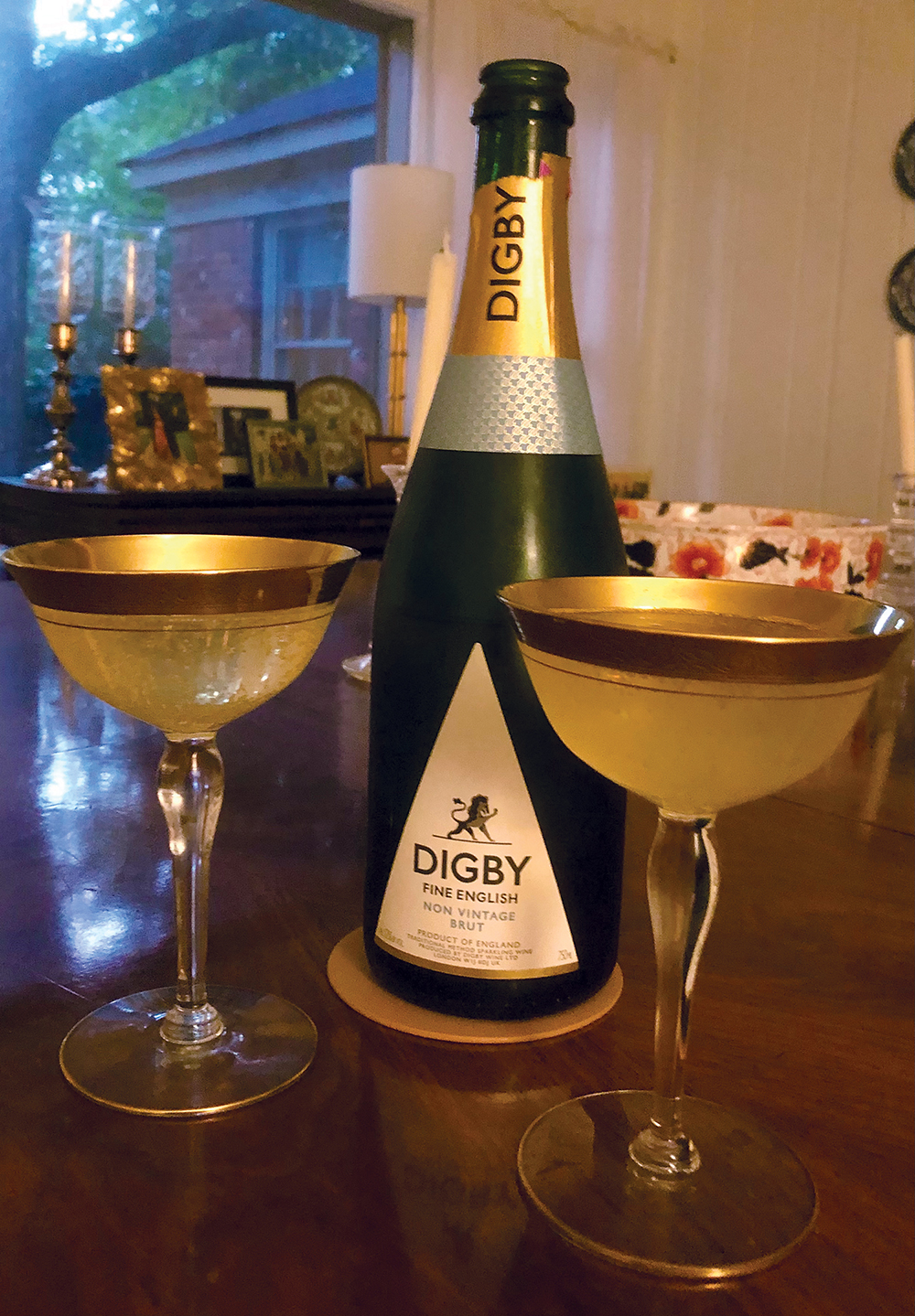That sparkling drink that we know as champagne is less a French innovation than you might think. It was Sir Kenelm Digby, an eccentric Englishman and one-time political prisoner, who first created the wine bottles sturdy enough to hold the bubbles in check, although it never occurred to him that wine bottles would ever hold bubbles.
Over in Paris, one Marquis de Saint-Évremond — a court hanger-on and charming bon vivant — managed to enrage one of King Louis XIV’s more powerful and humorless ministers and got himself exiled. Being a gentler age (for aristocrats, at least), Saint-Évremond was allowed to take his cache of white, tart wine from the Champagne region with him. Because Champagne is cold and wet, the fermentation process of these wines would stop in the winter and pick back up in the spring — causing a little residual CO2 to linger. As wine was stored in big wooden casks, these bubbles would dissipate slowly and then all at once when the bung was removed. The historical irony here is that Dom Pierre Pérignon — the Benedictine monk so associated with the drink — spent his life trying to get the bubbles out of champagne.
So Saint-Évremond, essentially a house guest of the English court, did what house guests do and brought some wine. What happened, in effect, was that he bottled the wine (in Digby’s strong English bottles) before the second fermentation picked back up, trapping the residual CO2 as the yeast started to do its thing again. When opened, the stuff fizzed and tickled noses, and the court went wild. He ordered more champagne and did it again. He wasn’t really doing it for science, or even industry. For Saint-Évremond, the new wine was all about sex and money.
You could argue that it still is.
What made the Champagne region perfect for champagne is that it was cold and wet. Now, with rising temperatures, both yield and, in some cases, the flavors the grapes are producing are changing. Quick ripening in warmed weather causes sugars to concentrate, producing a honey-like wine. It isn’t just Champagne; Riesling-
producing regions in Germany are becoming more welcoming to hardier grapes like pinot noir, but more problematic for the delicate varieties. On the other side of this phenomenon is that some regions that haven’t been suitable for wine production for centuries, are again.
Wine production in Britain essentially fell off with the global cooling period that coincided with the fall of Rome. Now, due to rising temperatures, places like Kent and Sussex in the south of England are starting to hit that just-so level of cold and wet to give good sparkling wines a go. I’d read about it, but it wasn’t until Mrs. M and I were having a St. George’s Day dinner that a friend brought a bottle of English “champagne” as a gift from one history nerd to another.
It’s appropriately called “Digby” after Sir Kenelm. It isn’t vintage — the company was founded in 2013 — so it lacks that breadiness of a lot of older sparklers. My suspicion is that these wines are so expensive (and therefore rare) that most people wouldn’t know that they are supposed to taste like that. Instead, you get something like the pastry of an apple tart. It’s a little weightier in feel and has a nice acidity that finishes clean. The bubbles are compact, sparkling with fizz, but if you are looking for that carbonated “bite,” you’ll be disappointed.
In some fit of cultural version of “what grows together, goes together” — the English have made an understated champagne.
As much as it galls the French, you can’t have champagne without the English. What the hell, they did it to us with rock-and-roll: bounced an import back to its homeland with a British twist. And like the rock-and-roll lifestyle, it’s still all about sex and money.
